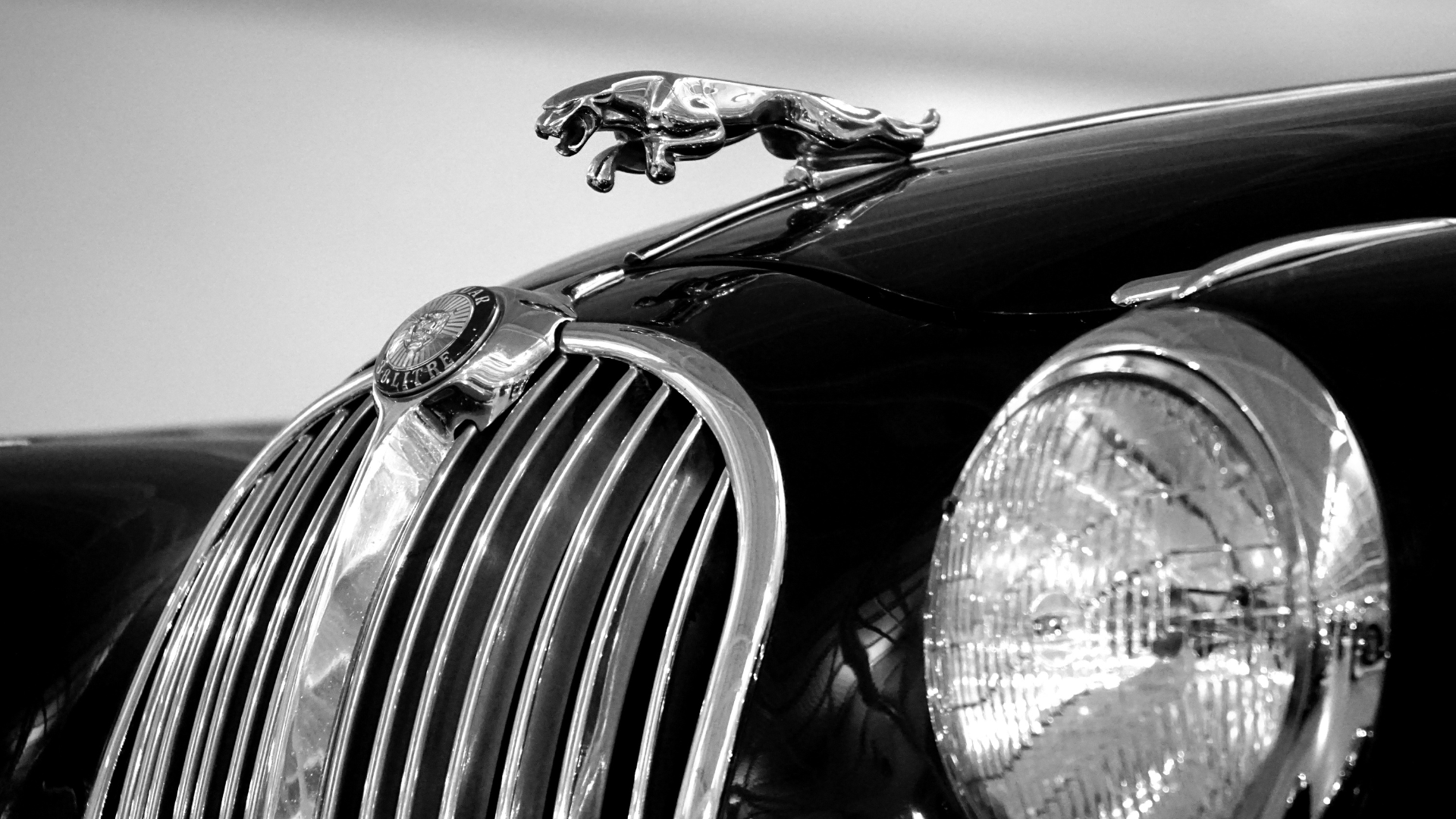
When Jaguar unveiled their new brand identity this week, the internet exploded. The luxury car manufacturer’s video featured models in avant-garde clothing walking through pink deserts – but notably, no cars. The response was swift and fierce, with Tesla’s Elon Musk leading the charge by asking “Do you sell cars?”
But here’s the thing: What if this was exactly what Jaguar wanted?
Let’s look at the numbers. The controversial video has garnered over 160 million views on X (formerly Twitter) in just a few days. When was the last time you saw Jaguar trending globally? For a brand that sold fewer than 67,000 cars worldwide last year – half their prepandemic numbers – they’ve suddenly captured the attention of millions.
The Plot Thickens
Dig a little deeper, and you’ll notice something interesting in Jaguar’s responses to the criticism. Rather than defensive replies, they’re offering cryptic messages like “Think of this as a declaration of intent” and “The story is unfolding. Stay tuned.” They’re building
anticipation for their full brand reveal in Miami this December.
“If we play in the same way that everybody else does, we’ll just get drowned out,” Managing Director Rawdon Glover told the Financial Times. “So we shouldn’t turn up like an auto brand.” This suggests a deliberate strategy to break convention – and it’s working.
The Method Behind the Madness
Consider these points:
- This is just a brand teaser – no cars were ever meant to be shown yet
- The actual electric vehicles won’t launch until 2026
- Jaguar is explicitly targeting a new, more exclusive market, expecting only 10-15% of current customers to follow them upmarket
- The controversy has reminded millions of people that Jaguar exists
The Cultural Conversation
While critics cry “woke”, they’re simultaneously reinforcing Jaguar’s heritage status. Comments consistently reference the brand’s iconic history and British engineering excellence. Even negative posts often begin with statements like “This legendary British brand…” or “The once-great Jaguar…”
For a brand aiming to position itself in the £200,000+ luxury car market, this association with heritage and prestige is valuable currency.
The Engagement Economy
In today’s digital landscape, engagement – even negative engagement – translates to visibility. Each angry post about Jaguar’s pink desert and missing cars keeps the brand in the conversation. It’s worth noting that Jaguar’s video has generated more discussion in four days than the brand has seen in four years.
A Calculated Risk?
Jaguar’s strategy appears increasingly sophisticated when you consider:
- They’ve created anticipation for their December reveal
- They’ve reinforced their premium positioning through controversy
- They’ve achieved massive global visibility at minimal cost
- They’ve sparked conversation about what a luxury car brand should be
The Real Test
The true measure of this strategy’s success won’t be today’s Twitter storms, but rather the reception of their actual vehicles and whether this controversy translates into sales when their electric range launches. However, one thing is certain: everyone’s watching Jaguar now.
For a brand planning to compete in the ultra-luxury EV space, getting noticed was step one. Mission accomplished – even if it meant ruffling a few feathers along the way.
Whether by accident or design, Jaguar has delivered a masterclass in attention-grabbing brand strategy. The question now isn’t whether people are talking about Jaguar – it’s whether they can convert this controversy into commercial success.
